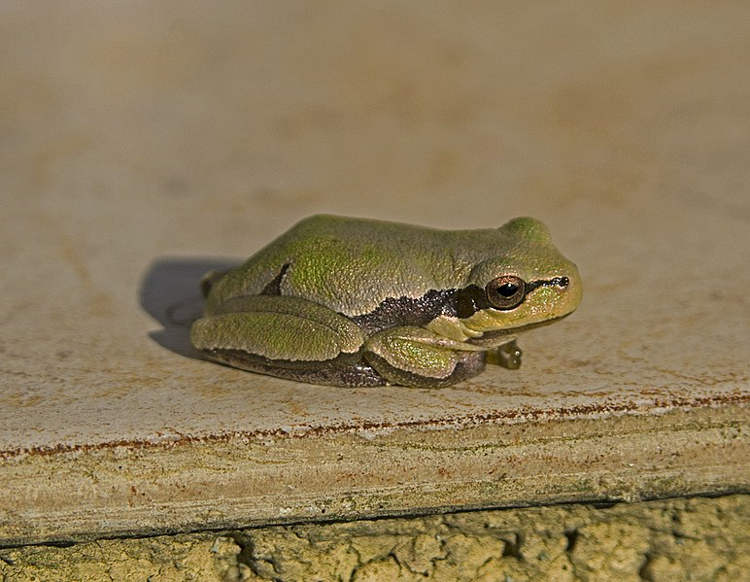|
Researchers have discovered that green tree frogs in the Chernobyl
Exclusion Zone have turned dark in order to better mitigate the effects
of radiation.
In April of 1986, a reactor at the Chernobyl nuclear power plant in
Ukraine exploded, releasing approximately 100 times the energy released
by the nuclear bombs of Hiroshima and Nagasaki and drastically altering
the lives of both humans and wildlife in the surrounding area. But while
authorities were able to evacuate most civilians from the area closest
to the nuclear disaster, the animals were left to their own devices. In
the decades since, the Chernobyl Exclusion Zone has become a wildlife
refuge that offers a unique view into the evolution triggered by the
nuclear meltdown.
|
|
 |
|
In 2016, a team of Spanish researchers ventured into the Chernobyl
Exclusion Zone to examine and study the influence of nuclear radiation
on the local flora and fauna. One of the first animals they noticed were
these dark-skinned frogs that looked and sounded like eastern tree frogs
(Hyla orientalis), apart from the color. Eastern tree frogs are usually
bright green, only these were much darker, and some specimens were
actually pitch black.
Pablo Burraco, a biologist with the Doñana Biological Station in
Seville, Spain, and his colleagues wanted to understand what had caused
this change in coloration, so between 2017 and 2019, they examined the
coloration of Eastern tree frogs in different areas of northern Ukraine.
They analyzed over 200 male frogs captured in various breeding ponds,
from some of the most radioactive areas on the planet, to places outside
the exclusion zone, for control.
After analyzing the data, researchers concluded that the dark skin of
the usually green tree frogs is a direct consequence of their adaptation
to radiation levels. Chernobyl tree frogs have a much darker coloration
than frogs outside the exclusion zone, and some are completely black.
|
 |
|
“We consider the most plausible explanation to [why] frogs within the
Chernobyl Exclusion Zone [are changing color] is that the extremely high
radiation levels at the moment of the accident selected for frogs with
dark skin,” the Spanish researchers wrote in the recently published
study.
It is believed that the frogs underwent a process of rapid evolution in
response to radiation, where the darker-skinned frogs were more
resistant to the high levels of radiation around the Chernobyl reactor,
and thus had a higher chance of survival. The higher levels of melanin
in the frogs’ skin are believed to have shielded them against radiation.
“They actually did not ‘change color’, what changed was the proportion
of dark versus normal/green frogs,” Germán Orizaola, co-author of the
study, told EuroNews. “We suppose that this happened shortly after the
accident (first years), when radiation levels were much higher, and
radioisotopes more diverse.”
The dark frogs survived the radiation better, bred better, and now,
10-15 generations from the nuclear disaster, they make up the majority
of specimens found in the Chernobyl Exclusion Zone, especially in areas
known to have been affected by high levels of radiation.
“It was indeed the extraordinary selection pressure caused by ionizing
radiation that directed the evolution of amphibians from green to
black,” the study authors conclude. |